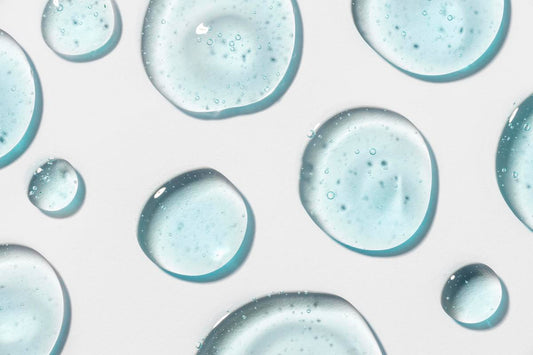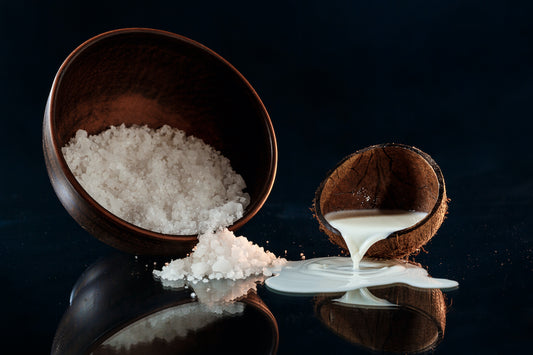Sodium Lauroyl Sarcosinate: a surfactant of natural origin

Sodium Lauroyl Sarcosinate is an anionic surfactant widely used in the cosmetic industry for its effectiveness in cleansing and maintaining skin and hair. But where is it obtained from and what are its multiple uses?
Origin and production process
Sodium Lauroyl Sarcosinate is derived from sarcosine, an amino acid derived from the alkaline cooking of creatine, which is commonly found in meat and fish. This derivation process makes it a naturally derived ingredient, favored by those looking for more sustainable and biodegradable cosmetic products.
Properties and benefits
This surfactant has several properties that make it ideal for use in skin and hair care products. First, it is an effective foaming agent , which helps remove dirt and excess sebum without damaging the natural skin barrier. It is also known for its gentle cleansing action, which makes it suitable even for sensitive skin. Additionally, it has the ability to improve the texture of products, giving them a soft and silky consistency .
Uses in personal care products
Sodium Lauroyl Sarcosinate is widely used in a variety of personal care products, including facial cleansers, shampoos, body washes, and toothpastes.
- In facial cleansers , it acts as a gentle cleansing agent, effectively removing impurities without leaving skin dry or irritated.
- In shampoos , it helps cleanse the hair and scalp, leaving it clean and fresh .
- In shower gels , it helps create a soft, creamy foam that makes the bathing experience more pleasant.
- In toothpastes , it is used for its foaming and cleansing properties, helping to remove plaque and keep the mouth clean and fresh .
Conclusions
Sodium Lauroyl Sarcosinate is a versatile, naturally-derived ingredient that offers numerous benefits in skin and hair care formulations. Its effectiveness in gently cleansing and maintaining clean, healthy skin and hair makes it a popular choice among cosmetic formulators and consumers who are concerned about the quality and sustainability of the products they use.



